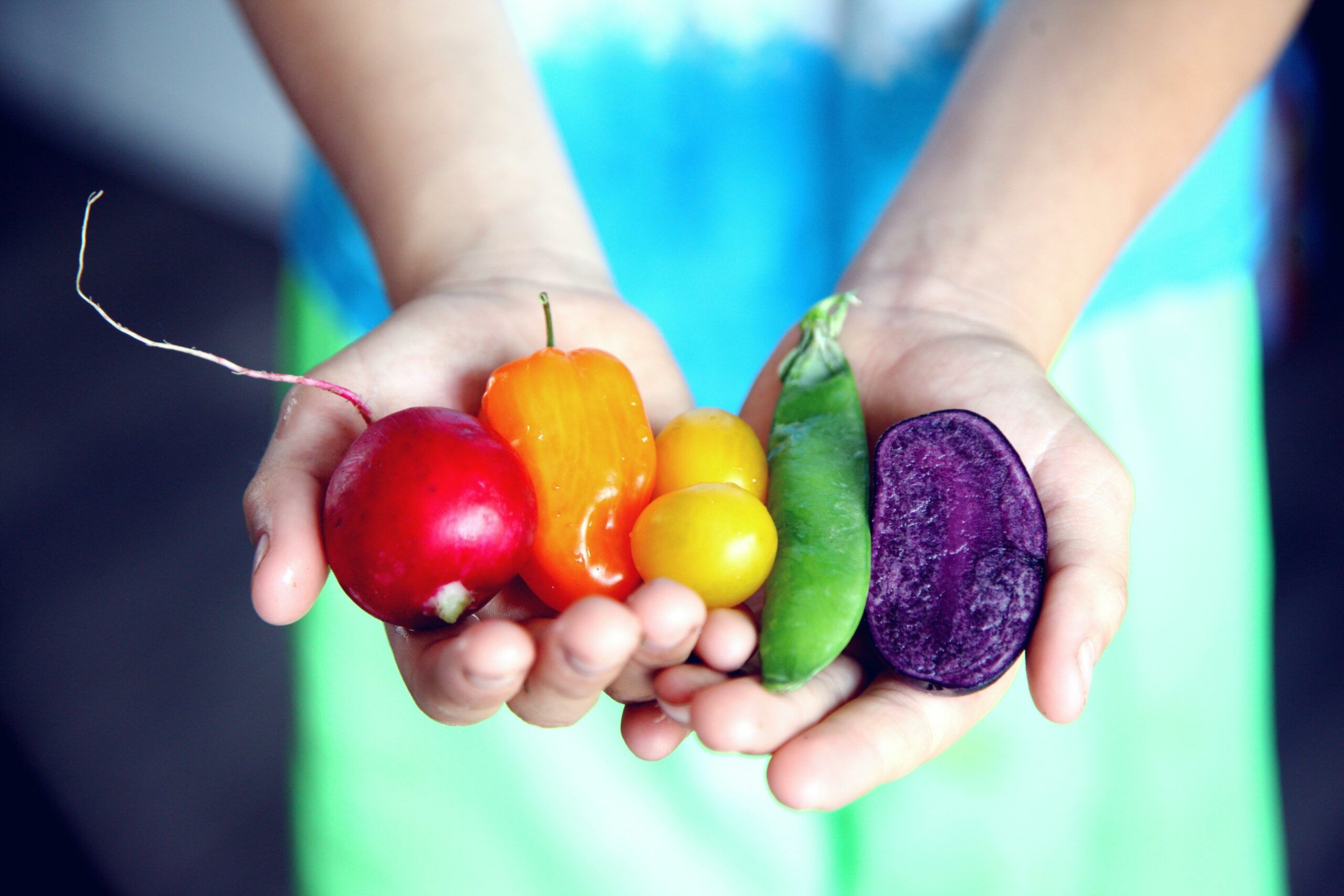Buckle up. This is a meaty one.
How and what to eat for health and weight loss is probably one of the most confusing and frustrating areas within the wellness space. There are so many fad diets and social media “wellness” trends competing for your attention, and it’s so easy to be drawn in by their health claims.
But what actually works? And why is this so complicated?
Well, the truth is that it’s not complicated at all. If we go back to our roots (as we talked about in the last blog post), things suddenly start to make sense.
We need to eat what nature provides for us, in the form in which it is provided.
What does this mean?
If you think about what’s in the average grocery store, it’s aisle upon aisle of brightly-coloured boxes and bags, many touting the health benefits of various stated ingredients.
But have you ever seen boxes or bags growing from a tree or sprouting from a garden? Of course not! Because those “foods” are not packaged as nature intended.
You may have heard some version of the expression, “If your great-grandmother wouldn’t recognize it as food, then don’t eat it.”
There’s definitely wisdom in that expression, and it provides a litmus test for what we choose to put in our bodies.
So what does all of this say about what constitutes a healthy diet? We’re pretty much left with these basic guidelines for what we were meant to eat:
Whole fruits and vegetables: Some people worry about the sugar in fruit, but the sugar (fructose) in whole fruit is packaged with just the right amount of fibre. This fibre helps to slow digestion and lower blood sugar spikes, while at the same time feeding your beneficial gut bacteria.
The whole rainbow of colours: The processed food industry got one thing right – we’re attracted to brightly coloured foods. This is because in nature the colour of a fruit or vegetable indicates its nutrient profile. So by eating plants representing all the colours of the rainbow every day, we access the full complement of phytonutrients (plant nutrients) that we need to be healthy.
Organic/spray-free, ideally regeneratively farmed food: There are thousands of chemicals used in modern conventional agriculture to control weeds and pests, and to increase crop yields. Some of them were even originally used as chemical weapons(!), then made their way to our food supply after the war. These chemicals have been linked to many human health issues, including developmental abnormalities, behavioural problems, and cancer. They also kill the soil, leaving the plants nutritionally depleted. So eat spray-free produce as much as possible, especially when it comes to the Dirty Dozen.
Free-range/pasture-raised, grass-fed meats: If you choose to eat meat (which is not necessary), you may not consider that what the animal ate and how it was treated makes a difference in its effects on you. Animals treated well and allowed to behave and eat as they would in nature creates animal products that are nutritionally superior and lower in stress hormones that can negatively affect the wellbeing of the consumer. Plus the same practices improve animal welfare and have a positive environmental impact.
Healthy fats: Dietary fat was vilified for several decades after it was wrongly blamed for causing heart disease (it’s actually sugar that plays the primary role there – a topic for another day), but it is absolutely essential for our health. That being said, all fats are not created equal; some are damaging and contribute significantly to disease. Healthy fat sources include extra virgin olive oil (do not overheat), avocado oil, coconut oil, tree nuts and nut butters, grass-fed butter or ghee, and MCT oil.
Fermented foods: These are the best sources of probiotics and will help heal your gut – and therefore your health – more quickly than probiotic supplements. Examples include kimchi, kefir, tempeh, kombucha (beware of sugar content), sauerkraut, yogurt (ideally non-dairy), miso, and pickled vegetables.
Whew, that’s a lot of information. You may want to try to focus on one thing at a time, or just slowly shift towards more mindful food choices in these areas.
Or you can simplify further and just remember this:
Eat real, whole, foods, organic/regeneratively raised when possible, encompassing a variety of plants representing all colours of the rainbow.
Then watch as the weight starts to shed, seemingly effortlessly, and you find energy you didn’t know you had. Maybe you’ll even start to feel joy creeping back in!
This is where the real healing magic begins.


0 Comments